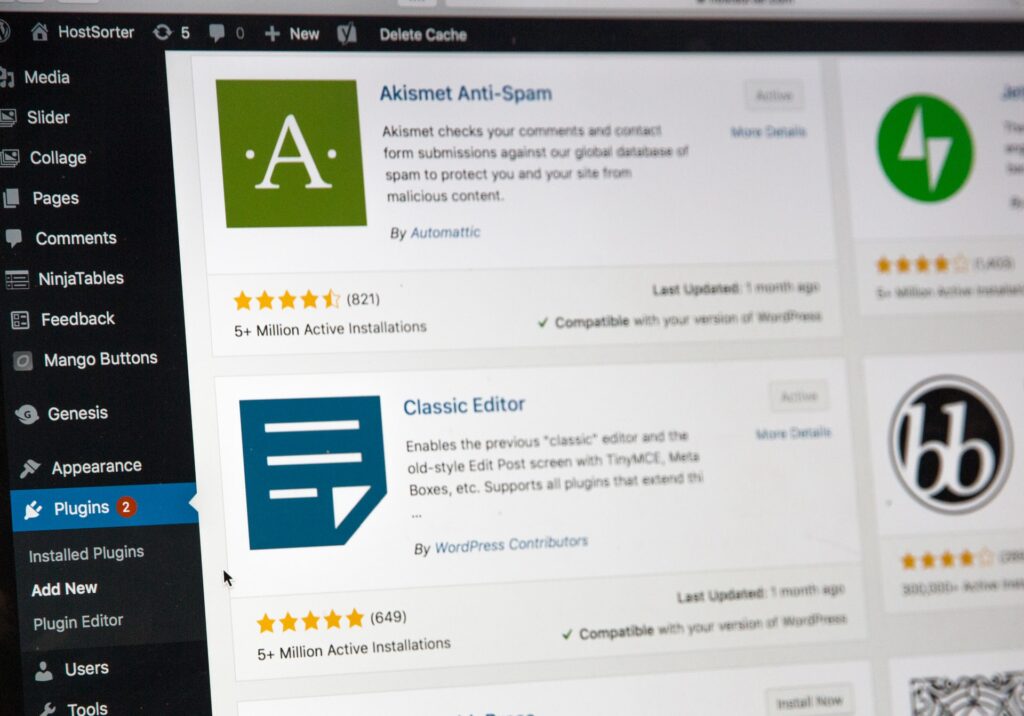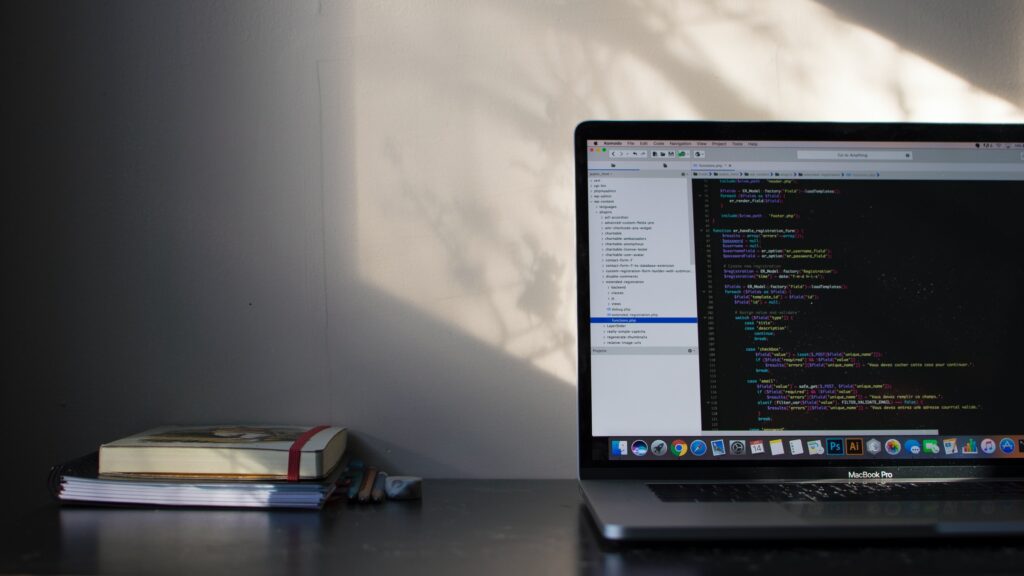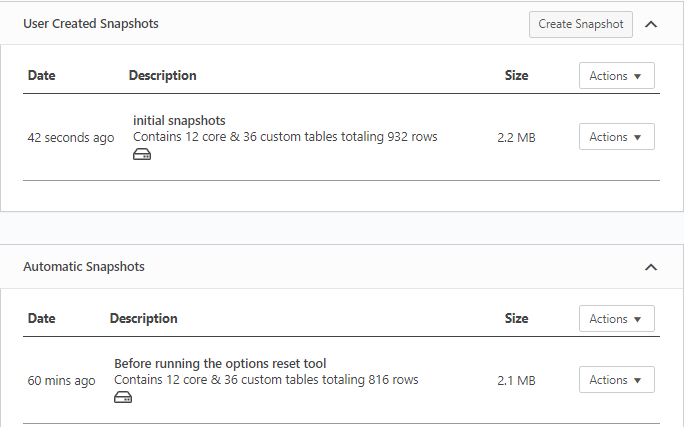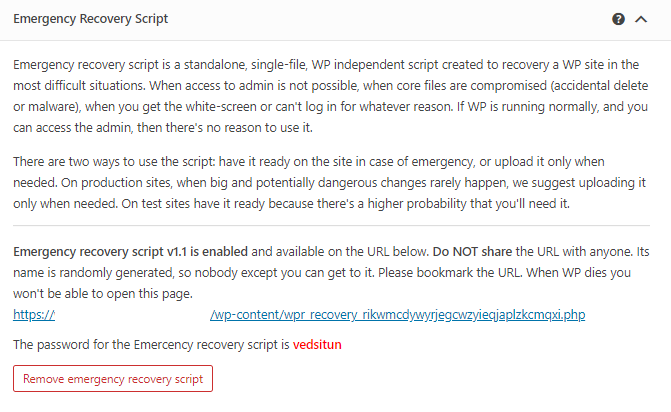If you’ve been managing a site for a while then you’ve probably encountered an entire slew of bugs, issues, conflicting code, etc. but what if the worst happens and you’re completely locked out of your site. Imagine a situation where you’re going to log in to your WordPress admin dashboard like you’ve done countless times before and out of the blue – access denied. Your first thought is that you’ve misspelled your password, but when even that doesn’t work panic starts creeping in.
This is the time when you need options, suggestions, anything that will get you to your site and this is also where we come in.
While this situation is highly stressful there are actions you can take beforehand (contingencies that are already in place) or after the fact (once you’re already locked out). You’re usually not thinking straight at the time it’s happening. Because of this, we’ll go through a checklist of all the things you can do to solve issues such as this. We’ll mainly focus on actions taken when the problem arises but we’ll also cover certain actions you can take to prevent it from happening in the first place.
It should go without saying, but we’ll highlight it anyway – before doing any changes listed below, back up your data. A problem with a relatively simple solution could turn out to be a massive one if you delete something you shouldn’t. Just think of your site as your final thesis and treat it accordingly. That will minimize any room for errors on the backup front.
Clear cache and delete cookies
Outside of checking your password, this is probably by far the easiest way to try and resolve the issue since it only takes a couple of clicks.
Over time as you work in your browser things tend to add up and just like a closet overstuffed with clothes, there is a chance something will break if not properly maintained and regularly cleaned. By deleting both the cache and cookies you’re essentially releasing the internal browser memory and giving it a fresh start.
Although it might seem rudimentary, don’t ignore it outright. If anything conflicting happened in the last few browsing sessions, there is a chance this method will clear things up. Think of it as the first step in resolving issues, the equivalent of “turning it off and on again”. Anyone you contact for help is going to ask you have you done this, so why not do it beforehand.
Disable plugins/themes through FTP

There will be instances where the issue derives from plugins and/or themes that conflict with what you’re already using. This could be due to nonfunctional software, apps/themes incompatible with WordPress, or with each other. The possibilities here are numerous and you’ll probably want to get to the bottom of everything, but you can’t do that if you can’t access the site.
While disabling something as integral as plugins or themes might seem like a big deal it really isn’t. There is no jumping through hoops with third-party software, advanced coding, or some mercurial knowledge that’s been kept a secret for the select few for years. All you’ll need to do is find your WordPress directory, access the themes and plugins folder, and rename them. Yes, it’s that easy.
The reason why it’s so easy is the platform itself. WordPress is an intuitive platform in the sense that when something doesn’t fit it will try and revert to the “factory settings”. If it can’t find the folder with all the plugins it will disable them. If it can’t find the folder with the active theme, it’ll use the default one. Booting up the site when none of the add-ons could become problematic will give you a clearer picture of where you stand and how to proceed forward.
Once you’ve identified the problem and ruled out that it stems from your themes and plugins (or have deleted the problematic ones) you can again rename the folders back and use them all as you did when everything was fine.
Create a new .htaccess file

While somewhat more advanced compared to the two steps/methods we’ve mentioned, creating a new .htaccess file isn’t that complicated that you shouldn’t attempt it. The .htaccess file is a configuration file for the Apache webserver that defines the rules on how the site acts in relation to the server. The problem is that even a small issue with the file can make everything break, so it’s always a real possibility that it’s in fact the culprit for your troubles.
Note that we don’t recommend editing the file itself (unless you’re familiar with it already), but instead replacing it completely giving your site a fresh start.
As you would expect, the first step is to delete the current file which is located in your host directory. Before you delete it, be sure to make a backup. We’ve highlighted the disclaimer in the beginning, but it’s important to reverberate.
Once it’s deleted try to log into your site. If the login is successful this time you’ll need to promptly create a new .htaccess file through the dashboard by going to setting and saving the permalinks.
Use third-party software
Because of the open-source nature of WordPress as a platform, most of the problems that arise while working with it have happened to someone else before. In many of those cases, someone has also already come up with a solution and created a plugin that combats them. You’re therefore in a great position to forgo learning from your mistakes and use tools somebody already developed to not only resolve the same or similar problems but prevent them entirely.
Using a plugin such as WP Reset for example can save you a lot of potential hassle. You might look at it and think it’s just about resetting your site, but the PRO features are perfect for a crisis like this.
 First of all, you’ll get access to a dashboard separate to the plugin itself that’s integrated to your WordPress site. This means that you can access this dashboard even if you’re locked out of your site, easing your stress levels immediately. Using the dashboard should be a breeze for anyone who’s ever used a site managing platform like WordPress (that you’ve been locked out of, but otherwise use).
First of all, you’ll get access to a dashboard separate to the plugin itself that’s integrated to your WordPress site. This means that you can access this dashboard even if you’re locked out of your site, easing your stress levels immediately. Using the dashboard should be a breeze for anyone who’s ever used a site managing platform like WordPress (that you’ve been locked out of, but otherwise use).
Snapshots for backup
For example, we’ve emphasized the importance of making backups several times throughout the article already. Well, WP Reset gives you an option to create snapshots that you can revert to if something’s gone wrong creating an effective safety net.

These snapshots have to be made through the plugin within WordPress (they can be automatic, manual, or both), however, you can browse and activate them through the dashboard removing the need for checking all the methods we’ve mentioned by now.
All you need to do is revert to a point where everything worked and go from there. Also, all snapshots are available through the cloud, so your backup database will always be safe no matter what befalls your main site and denies you access.
The Emergency Recovery Script
Without a doubt, the Emergency Recovery Script (or ERS) is the ultimate tool in unlocking a site you can’t access. If all else fails, this will be the one thing that’ll bail you out. The ERS is a standalone file that is independent of WordPress which is used for WordPress recovery and, just like the snapshot cloud storage, is immune to problems such as these.

There are two ways you can go about using ERS with WP Reset – you can install it as a contingency before anything goes wrong, or you can install it only after you’ve been locked out. Each option is fine, depending on the chance an access problem could arise. Installing it from the start is pretty straightforward – just press a button.
Installing it after you’ve been locked out requires some more work. The first step is to download the script from the WP Reset PRO dashboard. After that we’re once again back to FTP – you need to connect to your site’s server.
Once there, locate the WP root folder and upload the ERS file. It’s now enabled on your site, all that’s left to do is access it and start the recovery. While it’s not just pushing a button, it’s still a relatively easy solution to such a serious issue.
Conclusion
The first reaction when being locked out of your site is never pleasant. You’ll always panic at least a little bit, be angry and try to wrap your head around what went wrong. Don’t worry, that’s normal. Once it’s out of your system, it’s time to find a solution.
The methods covered here range from obvious to final option, so in most cases, one of these will resolve everything. However, there are other methods you could try and you should by no means be afraid to do so. After all, site access is the most essential thing in web management and the longer it takes you to solve the issue, the bigger the problem becomes.

Comments are closed.